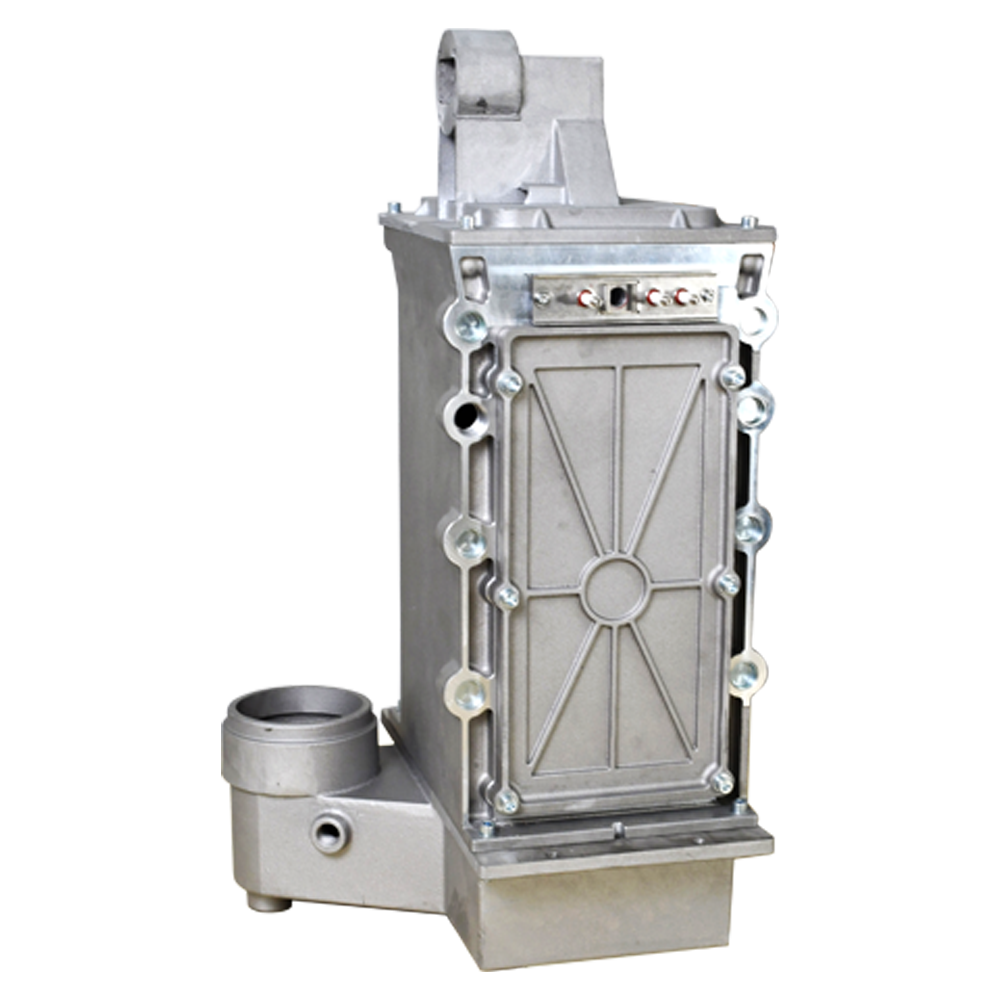- Afrikaans
- Albanian
- Amharic
- Arabic
- Armenian
- Azerbaijani
- Basque
- Belarusian
- Bengali
- Bosnian
- Bulgarian
- Catalan
- Cebuano
- China
- China (Taiwan)
- Corsican
- Croatian
- Czech
- Danish
- Dutch
- English
- Esperanto
- Estonian
- Finnish
- French
- Frisian
- Galician
- Georgian
- German
- Greek
- Gujarati
- Haitian Creole
- hausa
- hawaiian
- Hebrew
- Hindi
- Miao
- Hungarian
- Icelandic
- igbo
- Indonesian
- irish
- Italian
- Japanese
- Javanese
- Kannada
- kazakh
- Khmer
- Rwandese
- Korean
- Kurdish
- Kyrgyz
- Lao
- Latin
- Latvian
- Lithuanian
- Luxembourgish
- Macedonian
- Malgashi
- Malay
- Malayalam
- Maltese
- Maori
- Marathi
- Mongolian
- Myanmar
- Nepali
- Norwegian
- Norwegian
- Occitan
- Pashto
- Persian
- Polish
- Portuguese
- Punjabi
- Romanian
- Russian
- Samoan
- Scottish Gaelic
- Serbian
- Sesotho
- Shona
- Sindhi
- Sinhala
- Slovak
- Slovenian
- Somali
- Spanish
- Sundanese
- Swahili
- Swedish
- Tagalog
- Tajik
- Tamil
- Tatar
- Telugu
- Thai
- Turkish
- Turkmen
- Ukrainian
- Urdu
- Uighur
- Uzbek
- Vietnamese
- Welsh
- Bantu
- Yiddish
- Yoruba
- Zulu
Sep . 28, 2024 14:54 Back to list
Sand Casting Manufacturing Facility for High-Quality Custom Metal Parts Production
Sand Casting Factory The Art and Science of Metal Forming
Sand casting is one of the oldest and most versatile metal forming processes in manufacturing. This technique involves pouring molten metal into a mold made from sand, allowing for the creation of intricate shapes and designs. The sand casting factory is where this fascinating transformation occurs, blending artistry with high-tech processes to produce a variety of metal parts used in numerous applications, from automobiles to aerospace components.
At the core of any sand casting factory is the process of mold creation. The primary material used is sand, which is typically mixed with a binder to ensure that it holds its shape when the molten metal is poured in. This mixture is then compacted into a mold around a pattern, which is a replica of the final product. Patterns can be made from various materials, including wood or metal, and they are crucial for achieving the desired shape and dimensions of the final casting.
Once the mold is created, the next step involves melting the metal. In a sand casting factory, various metals can be used, including aluminum, iron, and bronze. Each type of metal requires a specific melting temperature and technique. The melting process must be carefully monitored to ensure that the metal reaches the desired fluidity for pouring. This aspect of the operation highlights the importance of technical expertise and precise equipment in a sand casting factory.
sand casting factory

After the metal is melted, it is poured into the prepared mold. The cooling process begins immediately, and this is where the intricacies of sand casting come into play. The cooling rate can significantly affect the metal's properties, including strength and hardness. Thus, managing the cooling process is essential to achieving the desired characteristics of the final product. This stage also involves techniques such as vibratory finishing to remove any excess sand and improve the surface finish of the casted item.
Quality control is a pivotal aspect of operations in a sand casting factory. Various methods are employed to inspect and test the final products to ensure they meet stringent industry standards. Techniques such as X-ray inspection can be used to identify any internal defects that might compromise the integrity of the casted parts. The use of advanced technologies, such as computer simulations, can also aid in predicting potential issues in the casting process, allowing manufacturers to make adjustments before production.
Sustainability has become an increasingly vital concern in the metal industry, and sand casting factories are no exception. Many facilities are implementing eco-friendly practices by recycling sand and reducing waste. Innovations such as 3D printing of molds are also emerging, which can significantly reduce material usage and decrease the environmental impact of the casting process.
In conclusion, a sand casting factory is a complex and dynamic environment where traditional craftsmanship meets modern technology. The process of transforming raw materials into high-quality metal components is both an art and a science, requiring skilled labor and advanced machinery. As industries continue to evolve, the sand casting process remains a reliable and adaptable method for producing essential components. With advances in technology and a focus on sustainability, the future of sand casting looks promising, ensuring that this age-old technique continues to play a crucial role in manufacturing for years to come.
-
Premium Cast Iron Water Main Pipe: Durable, Corrosion-Resistant
NewsAug.03,2025
-
Durable Cast Iron Water Mains | AI-Optimized Systems
NewsAug.02,2025
-
High-Efficiency Propane Boiler for Baseboard Heat | Save Energy
NewsAug.01,2025
-
Premium Source Suppliers for Various Gray Iron Castings
NewsJul.31,2025
-
Durable Cast Iron Water Main Pipes | Long-Lasting
NewsJul.31,2025
-
High-Quality Cast Iron Water Main Pipe for Durable Infrastructure
NewsJul.30,2025


